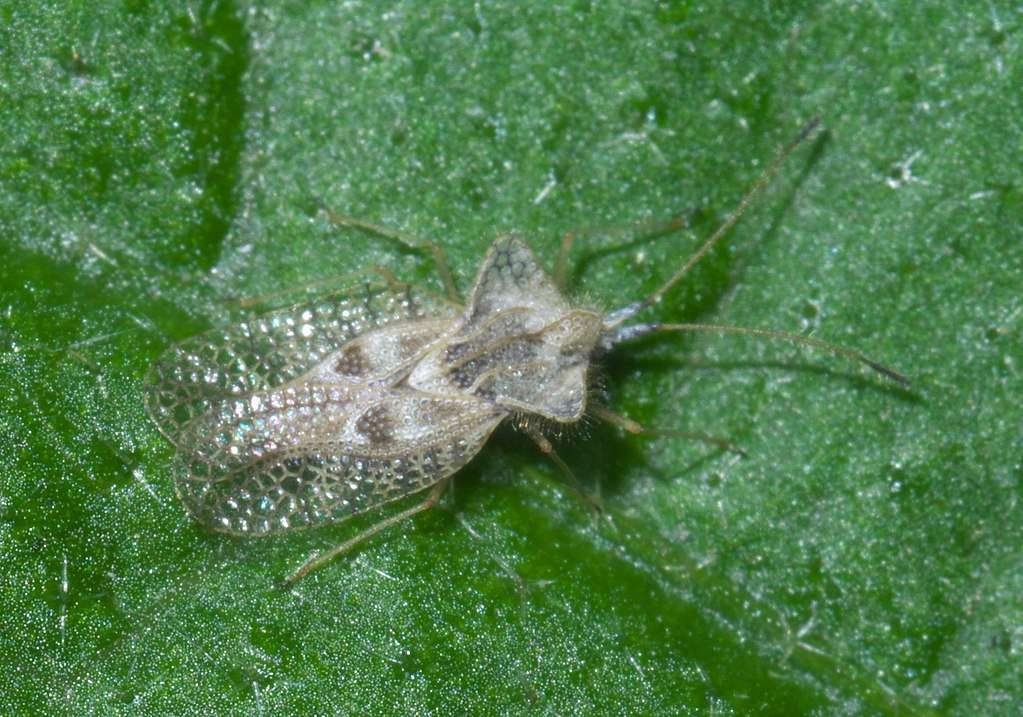


You love the trees and shrubs on your property for the many different benefits that they provide. From shade to beauty to even sentimental value, your plants are important to you for quite a few reasons. Of course, you’ve invested money, time, and energy into them, as well. The last thing that you want to see is your trees die or decline.
That’s why, if you’ve noticed something isn’t right—and are experiencing shrub or tree problems—you might be feeling worried. You can’t afford to lose even one these plants. If you can't diagnose the problem on your own, you want to be able to find a pro that can help you determine what’s wrong and implement a solution. You’d like to find an honest tree service, that won’t have you spending money on useless remedies but will tell you exactly what needs to be done to save your tree and why.
First and foremost, it’s important to recognize that addressing shrub and tree problems starts with a proper diagnosis. From pests to diseases and even environmental and cultural practices, there are many potential causes behind your shrub and tree problems.
For many years, Kingstowne Lawn & Landscape has been providing shrub and ornamental tree services in Alexandria, Arlington, and Springfield, VA. In order to help you understand some of these potential issues, we’ve rounded up 12 of the most common tree problems in Virginia.
If installed improperly, you could have shrub or tree problems no matter what you do to care for your plant. It’s important to note that different species have different planting requirements in terms of everything from planting depth, location, zone, and even proximity to other plants.

Unfortunately, if it’s a matter of improper planting, it won’t matter what you try to do to fix the problem. The shrub or tree may never be able to be fully healthy. If this turns out to be the cause of your tree problems, you may just need to start over with a new plant, installed correctly.
Mulching can be great for your plants. It acts as a barrier to protect your plants’ root systems and can even suppress weed growth. But if mulching is performed improperly it can actually do more harm than good. Piling mulch up against a shrub or tree (often referred to as “volcano mulching”) can be incredibly problematic.

Excessive mulch against the trunk will cause bark to start to rot and encourage root growth that will strangle the life out of the plant. This improper practice also makes the tree susceptible to tree insects and tree diseases. Even so, drive around Alexandria, and Arlington, VA and you’ll undoubtedly see lots of “mulch volcanoes.” Despite the fact that it’s a bad practice it’s regularly performed by homeowners and uneducated landscapers alike.
Tree and shrub problems are also often due to tree pests, such as scale insects. Scale insects can cause symptoms such as twig dieback, premature leaf drop, and stunted growth.

Unfortunately, a scale insect problem may not be recognizable until the symptoms are severe. It’s not uncommon for it to occur right under homeowners’ noses as it often begins subtly and because these tree insects are so tiny (approximately ⅛ to ¼ inch). But in time, these sap-feeding insects will literally suck the life for your tree or shrub.
As far as tree pests go, tree mites are tiny (adults are only 1/50th of an inch) but powerful and can be incredibly destructive to your trees and shrubs. Though there are various types of mites, spider mites are most common so we’ll focus on them.

Spider mites cause damage by using their piercing mouthparts to feed on the chlorophyll in your plants. This can lead to symptoms such as tiny white spots or a stippled appearance. In time, the foliage of your trees and shrubs can turn brown and start to fall off. Many spider mites also leave webbing behind. If you notice any of these symptoms then it’s possible that spider mites are the root cause of your shrub and tree problems.
Bagworms, a type of caterpillar, are another common culprit to tree problems in Virginia. Bagworms and cause a lot of damage in a small amount of time.

These pests can devour entire shrubs and trees within weeks or months.
When it comes to shrub and tree insects in Virginia, Japanese Beetles are one that most homeowners are familiar with. Japanese Beetles may pose a threat to many of the plants on your property.

Japanese Beetles get their start as grubs which may feed on the roots of your beloved lawn. In their adult form, Japanese Beetles feast on plant foliage, leaving behind chewed up tree and shrub leaves with only the veins remaining.
Wood-boring insects can be among the most destructive tree pests. Borers are the larval form of some insects and tunnel and feed beneath your tree’s bark, destroying its tissues and causing serious damage.

Due to receiving so much attention in the news, many are already familiar with the Emerald Ash Borer, a pest that has been systematically destroying ash trees in Virginia.
Lace Bugs are another small but mighty threat to trees and shrubs. They get their name from the lace-like pattern on their wings. While the sound dainty, they’re quite destructive, using their piercing mouthpieces to draw nutrients from your tree or shrub leaves, ultimately destroying them.

In Alexandria, Arlington, and Springfield, VA we often see the Azalea Lace Bug, which (as its name implies), feeds on the Azalea bushes so common in this region.
Anthracnose is a tree disease commonly found on deciduous trees including Dogwood, Maple, Oak, Sycamore, and Ash.

Among the various symptoms, you may notice dead leaf margins and tips, brown dead areas along the veins, twig death, and premature defoliation.
Another tree disease in Virginia is Powdery Mildew. Of the various shrub and tree diseases, Powdery Mildew is distinguishable by the powdery white substance that appears on an infected tree’s leaf surface.

Another fungus, this disease will cause a decline in the overall health of your tree or shrub, leading to leaf yellowing, browning, distortion, or early dropping.
Another tree disease to be on the lookout for is Verticillium Wilt. This tree fungus is common in deciduous trees and is characterized by leaves that are smaller than normal or browning.

Wilting is also a telltale sign of Verticillium Wilt. Oftentimes, the foliage on just one side of the tree will wilt with this disease.
This tree fungus is known to attack both cultivated and wild apple and crabapple trees. An early symptom of this disease is a scab-like infection on the leaves surrounding the tree’s flower buds.

As it grows, these lesions will become larger and more noticeable often appearing as dull olive green, yellow, or brown spots.
The best way to get a proper diagnosis of your shrub and tree problems in Virginia is to work with a professional. Of course, not every professional out there is an expert in tree and shrub care—evidenced by the fact that it’s not uncommon to see mistakes made by untrained professionals, like volcano mulching.
That’s why it’s important to choose a landscaping company or tree service that knows their stuff and can guide you in making the right decision for getting your plants back on the path to good health.
Sometimes that might mean Plant Health Care Services whereas other times it might mean making changes to your landscape. After all, you want a landscaper or tree service that is going to be honest with you about what your plant need. If you have a tree or shrub planted where it will never thrive, your best course of action might be replacing it—not throwing money down the drain with services that will never fully help.
Ultimately, we believe that you shouldn’t feel as though you need a degree in horticulture to be able to have a healthy and thriving landscape. You should be able to feel comfortable handing those services over to a professional who will know exactly what’s needed and keep you on the right path.
Whether you were considering installing a new landscape or are looking to maintain an existing one, our knowledgeable team would love to help you make great decisions for your trees and shrubs. Our Plant Health Care program can help your shrubs and small ornamental trees have what they need to thrive and grow a long healthy life.
If you’re ready to hand over your tree concerns to a professional who will guide you on the path to a healthy landscape, request a maintenance quote or request a landscape consultation, and relax as you get the royal treatment.
Image sources: verticillium wilt, mulch for tree, scale insects on green branch, spider mites, bagworm, japanese beetle, ash borer tunnels, lace bug, anthracnose, powdery mildew, apple scab

Since 1997, Krisjan has led the Kingstowne team with one simple philosophy, treat every customer like the “only” customer. His passionate pursuit of impeccable customer service has resulted in 24 successful years and a thriving company with over 85 employees, helping thousands of homeowners in the Alexandria, Arlington, and Springfield, VA area get what they want - a worry-free property they can be proud of.




If You're Looking For a Sign, This is It.
Seriously, that lawn isn't getting any better on it's own. Mrs. Jones just called the HOA on you